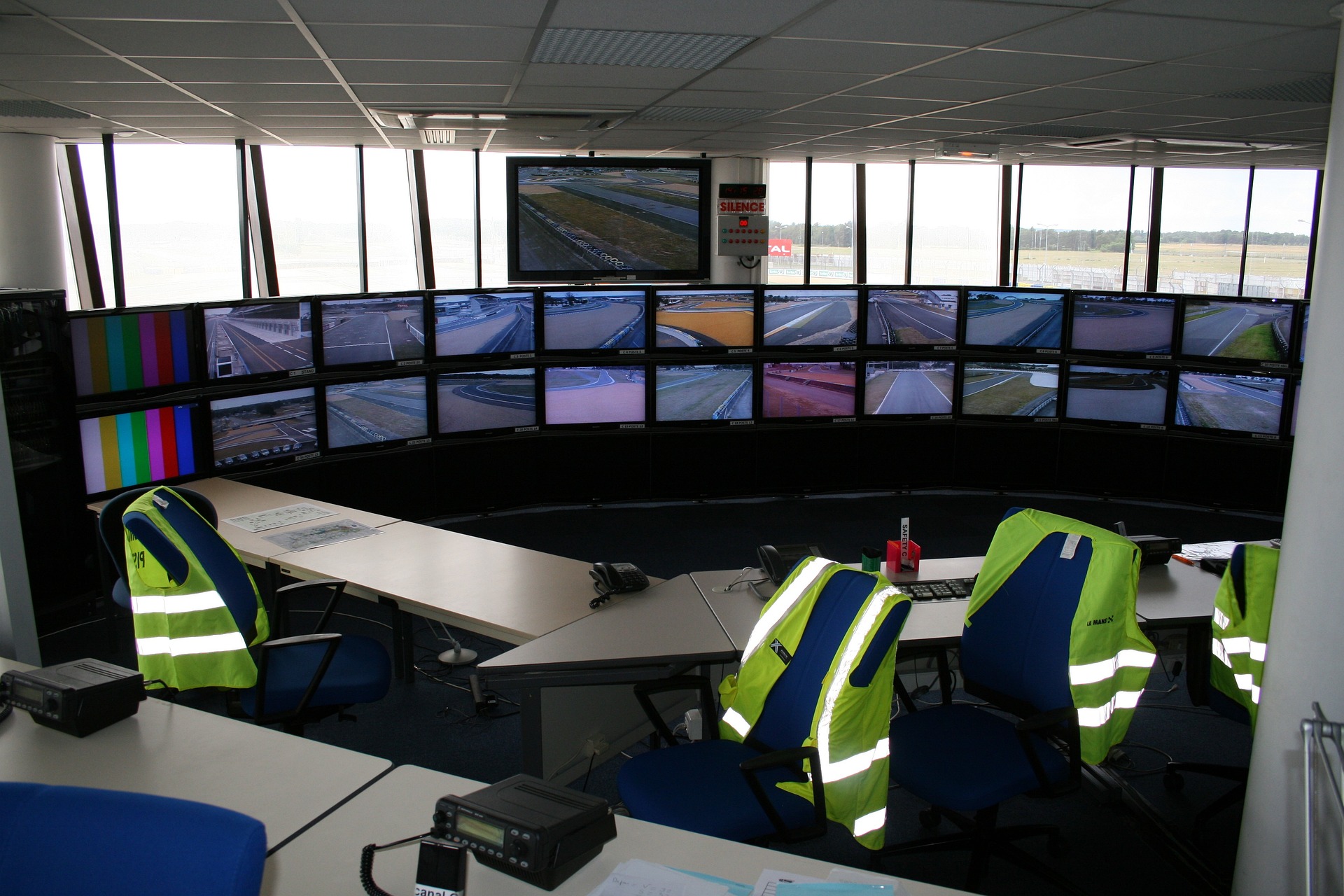Project governance is a crucial aspect of any organization’s operations. It involves the processes, structures, and policies that are put in place to ensure that projects are effectively planned, executed, and monitored. In today’s fast-paced business environment, project governance has become even more important as organizations strive to optimize their operations and deliver successful projects. One way to achieve this is through the establishment of a Project Management Office (PMO). In this article, we will explore the best practices for maintaining project, program, and portfolio governance through an effective PMO.
Establishing a PMO: The first step towards effective project governance is the establishment of a PMO. A PMO is a centralized unit that provides support, guidance, and oversight for project management activities within an organization. It serves as the hub for all project-related information, processes, and resources. A PMO can be established at different levels, depending on the organization’s needs and goals. It can be at the project, program, or portfolio level. Regardless of its level, a PMO plays a crucial role in maintaining project governance.
Defining Roles and Responsibilities: One of the key responsibilities of a PMO is to define the roles and responsibilities of all stakeholders involved in a project. This includes the project manager, team members, sponsors, and other key stakeholders. By clearly defining roles and responsibilities, the PMO ensures that everyone knows what is expected of them, and there is no confusion or overlap of duties. This promotes accountability and helps to avoid delays and conflicts in project execution.
Establishing Processes and Standards: A PMO is responsible for establishing project management processes and standards that are aligned with the organization’s goals and objectives. These processes and standards should cover all aspects of project management, including planning, execution, monitoring, and control. They should also be flexible enough to accommodate changes and adapt to different project types. By having a standard set of processes, the PMO ensures consistency and efficiency in project delivery.
Providing Training and Support: Another important role of a PMO is to provide training and support to project managers and team members. This includes training on project management methodologies, tools, and techniques. It also involves providing support in the form of templates, guidelines, and best practices. By equipping project managers and team members with the necessary skills and resources, the PMO helps to ensure that projects are delivered successfully and in a timely manner.
Monitoring and Reporting: Effective project governance requires regular monitoring and reporting of project progress. This is where the PMO plays a crucial role. It is responsible for tracking project performance against the defined objectives, timelines, and budgets. It also provides regular reports to stakeholders, highlighting any issues or risks that may affect project delivery. By having a clear understanding of project progress, the PMO can take proactive measures to address any challenges and keep the project on track.
Managing Risks: Every project comes with its own set of risks. It is the responsibility of the PMO to identify, assess, and manage these risks. This involves developing a risk management plan, which outlines the strategies and actions to be taken in case a risk materializes. The PMO should also continuously monitor and review risks throughout the project’s lifecycle to ensure that appropriate measures are in place to mitigate them.
Ensuring Quality: Quality is a critical aspect of project governance. The PMO should have processes and standards in place to ensure that project deliverables meet the required quality standards. This includes conducting regular quality checks and reviews to identify and address any issues that may affect the quality of deliverables. By maintaining high-quality standards, the PMO helps to build trust and confidence in project outcomes.
Managing Stakeholders: Stakeholder management is an essential part of effective project governance. The PMO is responsible for identifying and engaging with all stakeholders, including sponsors, customers, and end-users. It should also establish a communication plan to ensure that stakeholders are kept informed and involved throughout the project’s lifecycle. By managing stakeholders effectively, the PMO helps to ensure that their needs and expectations are met, and the project is delivered successfully.
Continuous Improvement: Finally, an effective PMO is continuously looking for ways to improve project governance. This involves conducting regular reviews and evaluations to identify areas for improvement. The PMO should also seek feedback from project managers, team members, and stakeholders to identify any issues or challenges that need to be addressed. By continuously striving for improvement, the PMO helps to optimize project operations and deliver successful projects consistently.
In conclusion, effective project governance is crucial for organizations looking to optimize their operations and deliver successful projects. By establishing a PMO and following these best practices, organizations can ensure that their projects are effectively planned, executed, and monitored. A well-functioning PMO can help to minimize risks, promote accountability, and ensure high-quality project outcomes. It is, therefore, a valuable asset for any organization looking to achieve its project goals and objectives.












